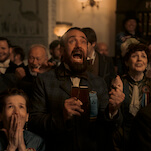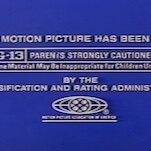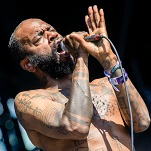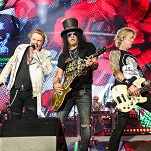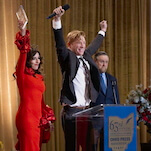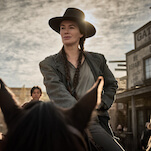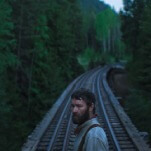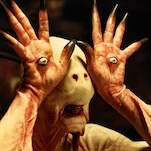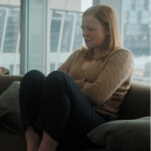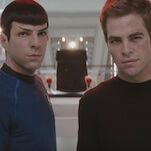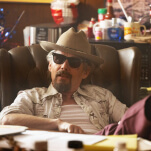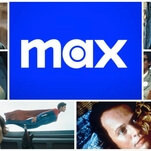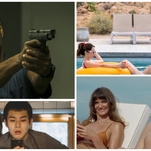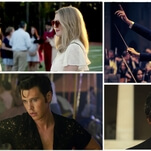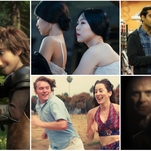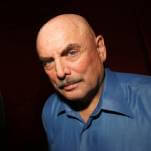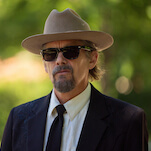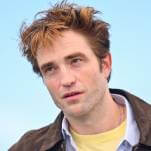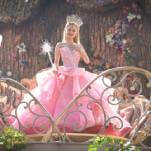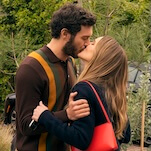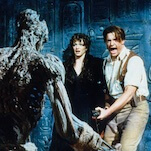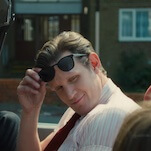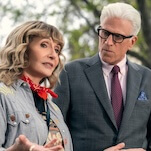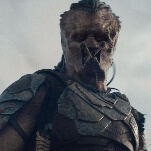Bob Dylan, Blonde on Blonde

I've been itching to write one of
these ever since the Better Late Than Never feature started, 'cause I have a
doozy. Now, I know we all worry that we're missing something big. For some
reason—okay, let's just blame the Internet—we hold ourselves
responsible nowadays for knowing practically everything. The tribalism that
used to save us from, say, taking disco seriously, has gone away. Guys like
Nick Drake get dragged out of the archives and dropped on the college kid
must-know lists. Hell, people even talk about David Axelrod.
Except I'm not going to whip talk
about any of those people. Here's my confession: in all my life, and after
several years of writing about music, I have totally slept on Bob Dylan. I
don't mean that I didn't spend enough time on Dylan. I'm
saying that until a couple months ago, I had never played a Dylan record
straight through. I had zero interest in the guy. And I have no excuse.
It's not that I haven't had time:
I'm 34. It's not that I skipped the '60s: when I was a teenager in the pop
dustbowl of the late-'80s, I chewed through bands like the Beatles or the Dead.
And obviously I knew who the guy was. Dylan touched at least half the musicians
I ever listened to. He slipped weed to the Beatles and helped make the film Help!
so hilarious. He kicked Phil Ochs when he was down—and there's a guy I did listen to, thanks to my parents' copy of Pleasures of the Harbour. Even science fiction gives you no
escape: take Douglas Adams' mice quoting "Blowin' in the Wind," or the smarmy way
Cameron Crowe shoehorned The Freewheelin' Bob Dylan's sleeve
into Vanilla Sky, or—most bizarre of all—the Cylons
singing "All Along the Watchtower" last year on Battlestar
Galactica. Dylan's so heavy, he's intergalactic.
Baby boomers trip over themselves
talking about his genius. On HBO's In Treatment, Gabriel
Byrne enjoyed a quick smug moment of comparing him to Walt Whitman, and he's
not the first to stick Dylan in that canon. And that's his biggest problem: he
still belongs to the boomers. They discovered him, they claimed him as the
voice of their generation, and to this day they're insufferable about the guy.
One of my uncles—the one I stole so many Grateful Dead and Jethro Tull records
from, back in the day—put it this way: to get Dylan, you really had to
understand those times.
About Dylan, I'm an endless font of
ignorance. For my crash course I focused on 1966's Blonde on Blonde—one of the top ten greatest rock 'n
roll records ever, according to just about every critic over 50—and I prepped
with exactly two sources, the documentary No Direction Home, and Wikipedia. I learned some
pretty fascinating stuff. I had always pegged Dylan as an icon for
hippies—but I didn't know that he was the entertainment at Dr. Martin
Luther King's "I Have a Dream" speech. I knew the folkies got ticked when he made
it big and left behind the "topical song" movement, but hearing folks like Pete
Seeger talk about how a torch had been passed from Guthrie down to Dylan—and
how Dylan basically left it smoking in the Village somewhere, to be picked up
by pretty much no one of consequence—well, I can see how that hurt.
Most refreshing of all, I also
learned that Dylan's a bullshit artist. It's not because he kept making up his
biography, or pulled stunts like stealing all those Woody Guthrie records
before he came to New York, but because he's mastered the art of distorting
small facts to get to the big truth. And sometimes he gets caught. When someone
who knows him as well as Joan Baez nudges him off his pedestal, it reminds you
not to get too swept up in his mystique. In a clip in No Direction
Home, we see Dylan playing "Mr. Tambourine Man" for a workshop at the
Newport Folk Festival. As he unspools one endless, cosmic lyric after another,
you can almost catch him crack a smile—like he's saying, "I know, I
know." When you realize he's not sure where all this comes from either, it
makes you wonder about the rest. And that's about when you get hooked.
But Blonde on
Blonde has a pretty low bullshit content. For one thing, much of it's
about women, and when you go there for real, it's hard to get cocky. For
another, Dylan has said that Blonde on Blonde is "The closest I ever got to the sound I hear in my mind"—and the
honesty shows. Neither rushed nor lazy, it reminds
me of works like John Fahey's America, John Cassavetes' A Woman Under the Influence, or Dr. Seuss's One
Fish Two Fish Red Fish Blue Fish—a work with no sharp peaks or
ruts or concern for loose ends, that feels like one long train of thought.
Blonde on
Blonde has been praised for hopping across several genres—it's
pop, it's country, it's blues, it's surreal—and for how naturally the
styles blend into one another: after you get past the first two tracks, it
settles into a spacious, organic vibe that's far moodier than his previous
electric albums. The
record opens with "Rainy Day Women #12 & 35," which I started
skipping—it's too pat, and familiar from classic rock radio. It doesn't
hit its stride until track three, with "Visions of Johanna." You can hear a
harder, steadier version of it on the soundtrack album to No Direction
Home, and hearing that made me appreciate even more what a perfect
few minutes they caught here—the organic ramp-up, the way every lick from
the organ and guitar supports Dylan's voice, the lyrics that catch the
spotlight—"Mona Lisa musta had the highway
blues/You can tell by the way she smiles"—and the impressionistic lines
that stitch right into the absurd ones. It pulls off the great rock and roll
trick of sounding like the easiest, most natural thing in the world.
